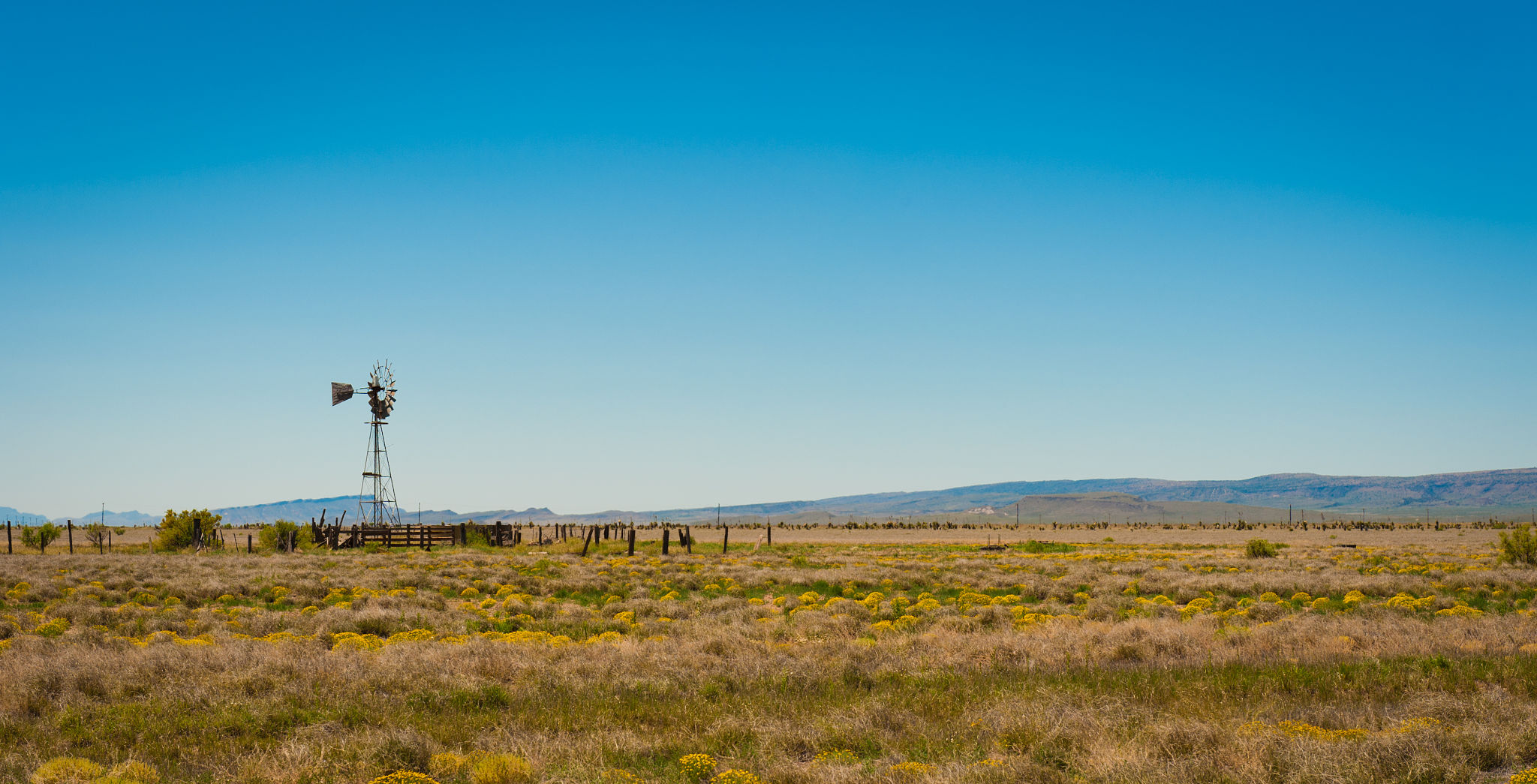The Impact of Seasonal Changes on Field Inspections in Texas
Understanding Seasonal Variability in Texas
Texas, with its vast and diverse landscapes, experiences significant seasonal changes that can greatly impact field inspections. From the arid deserts of West Texas to the humid coastal plains, each region brings unique challenges and considerations for inspectors. Understanding these differences is crucial for conducting effective field inspections throughout the year.

Spring: The Season of Renewal
Spring in Texas is marked by a resurgence of plant life and often unpredictable weather patterns. It is a critical time for field inspections, especially in agricultural settings. Inspectors must be aware of the rapid growth of vegetation, which can obscure certain areas or structures that need assessment. Additionally, spring storms can lead to flooding, necessitating thorough checks for water damage.
Field inspectors should be prepared for the possibility of encountering wet conditions and ensure that all equipment is protected from moisture. This season also offers an opportunity to assess any damage from the winter months and plan for necessary repairs or maintenance.
Summer: Dealing with Extreme Heat
The Texas summer is known for its intense heat, which poses significant challenges for field inspections. Inspectors must take precautions to protect themselves and their equipment from high temperatures. This includes scheduling inspections during cooler parts of the day and ensuring adequate hydration.
During summer, certain materials may expand or contract, affecting their structural integrity. Inspectors need to pay close attention to these changes, especially in construction and infrastructure projects. Additionally, the risk of wildfires increases, necessitating careful inspection of fire-prone areas.

Autumn: The Transition Period
As temperatures begin to drop, autumn ushers in a period of transition. For field inspectors, this season offers more stable weather conditions, making it an ideal time for thorough assessments. The reduced vegetation growth allows for easier access to certain areas that may have been overgrown during the spring and summer.
Inspectors should take advantage of this period to conduct comprehensive checks before the onset of winter. This includes evaluating structures for any damage sustained during the hotter months and ensuring that drainage systems are clear in preparation for potential rainfall.
Winter: Addressing Cold Weather Challenges
Winter in Texas varies widely depending on the region. In some areas, mild temperatures are common, while others may experience freezing conditions. Inspectors must be prepared for cold weather challenges, such as ice accumulation on roads and structures.

Field inspections during winter require careful attention to safety, particularly when dealing with ice or snow-covered surfaces. Inspectors should also be vigilant about checking heating systems and insulation in buildings to ensure they are functioning properly.
Conclusion: Adapting to Seasonal Changes
The impact of seasonal changes on field inspections in Texas is significant and requires a proactive approach. By understanding and anticipating the challenges posed by each season, inspectors can conduct more effective assessments and ensure that their findings contribute to maintaining safety and functionality across various sectors.
Effective planning and adaptability are key to successful field inspections in Texas. By staying informed and prepared for seasonal variations, inspectors can meet the demands of their work year-round, ensuring that all inspections are conducted thoroughly and accurately.